The collapse of the Soviet Union in 1991 initiated a period of profound transformation across Russia. Nowhere was this change more visible, rapid, or dramatic than in Moscow. As the historical epicenter of the Soviet empire, the city became the primary laboratory for modern Russia. It shifted from a centrally planned command economy to a volatile market system. This transition fundamentally reshaped the urban landscape, social structures, and cultural identity of the capital. Therefore, understanding Post-Soviet Moscow is essential for comprehending the dynamics of contemporary Russian society. The city is a vibrant, often contradictory, microcosm of the entire nation.
The Shock of Transition: Economics and Inequality
The early years following 1991 were marked by “shock therapy.” This rapid transition to a market economy brought immediate and jarring changes. State-owned enterprises were privatized, leading to the rise of a new class of wealthy businessmen, often termed “oligarchs.” Conversely, many ordinary Muscovites faced unemployment, soaring inflation, and the collapse of the social safety net.
This economic transformation dramatically widened the gap between rich and poor. While a small percentage of the population amassed vast fortunes, many citizens struggled just to survive. Post-Soviet Moscow became a city of stark contrasts. Luxury boutiques and opulent restaurants emerged alongside Soviet-era housing blocks and struggling families. This period of economic instability was painful for many. Yet, it also fostered a new entrepreneurial spirit. Furthermore, it encouraged a shift in mindset away from guaranteed state employment toward individual initiative. The concentration of financial resources in Moscow solidified its position as Russia’s economic powerhouse.
Urban Transformation: A City Rebuilt and Remade
The physical appearance of Moscow after 1991 underwent radical change. The city moved quickly from Soviet-era austerity to modern consumerism. Historically significant buildings and churches, many of which had been closed or repurposed during the Soviet era, underwent extensive restoration. The Cathedral of Christ the Savior, famously destroyed by the Soviets, was rebuilt, symbolizing a return to pre-Soviet traditions.
Simultaneously, Western influences reshaped the urban environment. Supermarkets, shopping malls, fast-food chains, and high-rise office buildings proliferated. The Moscow International Business Center, commonly known as “Moscow City,” emerged as a symbol of Russia’s new capitalist ambition. These glittering skyscrapers provided a striking contrast to the surrounding Soviet-era infrastructure. Furthermore, they signaled Moscow’s embrace of global economic trends. The city’s infrastructure also adapted to the increasing number of cars, resulting in notorious traffic congestion. This urbanization reflects the complexity of modern development.
Demographics and Migration: A New Population Dynamic
Post-Soviet Moscow experienced significant demographic shifts. The city’s population swelled as it became a magnet for internal migrants from Russian regions and labor migrants from former Soviet republics. This influx brought new dynamism to the city. It also introduced new social and cultural complexities.
The diverse influx of people contributed to the city’s economic growth. However, it also strained infrastructure and sometimes led to social tensions. The composition of Muscovite society became significantly more heterogeneous. While the core population remained ethnically Russian, the city’s demographics mirrored the broader changes occurring across the former Soviet space. Therefore, Moscow became a crucial hub for various international communities.
Cultural Renaissance and Shifting Values
The fall of the Soviet Union unleashed a cultural renaissance. State control over the arts and media loosened, allowing for greater freedom of expression. Russian society began a process of rediscovering its pre-Soviet history and cultural roots.
One of the most significant changes was the return of religion. After decades of state-sponsored atheism, the Russian Orthodox Church experienced a revival. Churches were reopened and renovated. Religion regained its role as a key element of national identity. Furthermore, Western popular culture flooded the market. This significantly influenced fashion, music, and entertainment. Young Muscovites, in particular, adopted global trends. This created a generation gap characterized by different values and perspectives on life. While some viewed this as a loss of traditional Russian values, others celebrated the newfound cultural freedom. This Moscow social change truly redefined the city’s identity.
The Political Center: Power and Governance
Despite the economic and social upheaval, Moscow remained the undisputed political heart of the Russian Federation. The Kremlin continued to be the center of power. The transition from Soviet ideology to the new political landscape was often tumultuous. The 1990s, in particular, saw significant political instability, including the 1993 constitutional crisis.
However, Moscow retained its central role in governance. Government buildings and administrative structures are still concentrated in the inner city. The city’s political landscape reflects the complex dynamics of modern Russia. It is characterized by a blend of historical continuity and significant political shifts.
Society in Transition: A Blend of Past and Present
Modern Muscovite society is characterized by a unique duality. It is a place where Soviet legacy and modern globalism coexist. Generational divides are particularly noticeable. Older generations, who experienced the stability of the Soviet era, often view the changes with nostalgia and skepticism. Conversely, younger generations, who grew up entirely in Post-Soviet Moscow, are generally more adaptable and globally minded.
Social mobility increased significantly in the new market economy. While corruption and inequality remain challenges, the possibility of achieving success through entrepreneurship and education became a reality for many. Moscow is often seen as the primary engine of social mobility in Russia. It attracts ambitious individuals from across the country. The rapid pace of life, the emphasis on material success, and the constant flux define modern Russian society in the capital.
In conclusion, Post-Soviet Moscow is a city of transformation, defined by its complex journey from a closed, centralized capital to a dynamic, open metropolis. The economic shifts, urban modernization, and cultural renaissance have profoundly reshaped the lives of its inhabitants. Understanding the changes in Moscow provides crucial insight into the characteristics of modern Russian society. This period of change has been challenging. Yet, it has created a vibrant, complex, and evolving city at the heart of Russia.

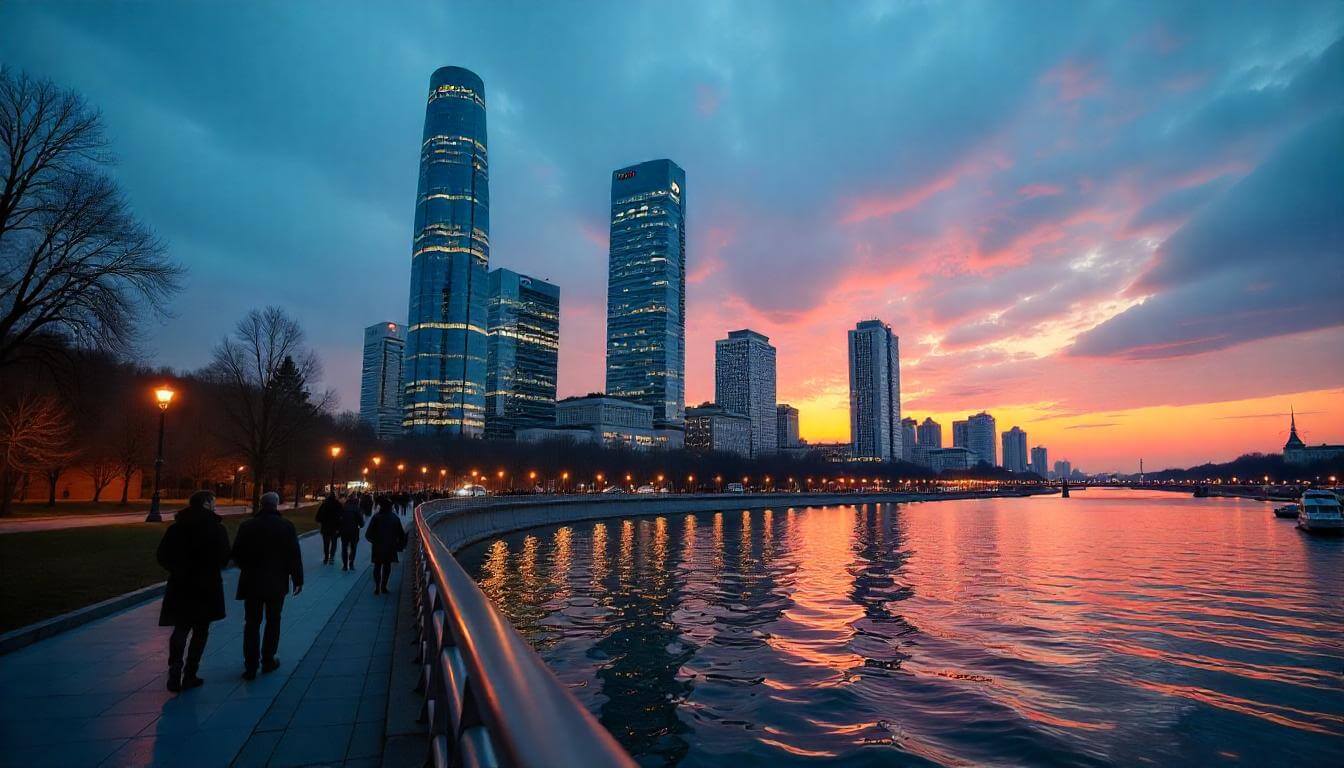 Post-Soviet Moscow: Understanding Modern Russian Society">
Post-Soviet Moscow: Understanding Modern Russian Society">

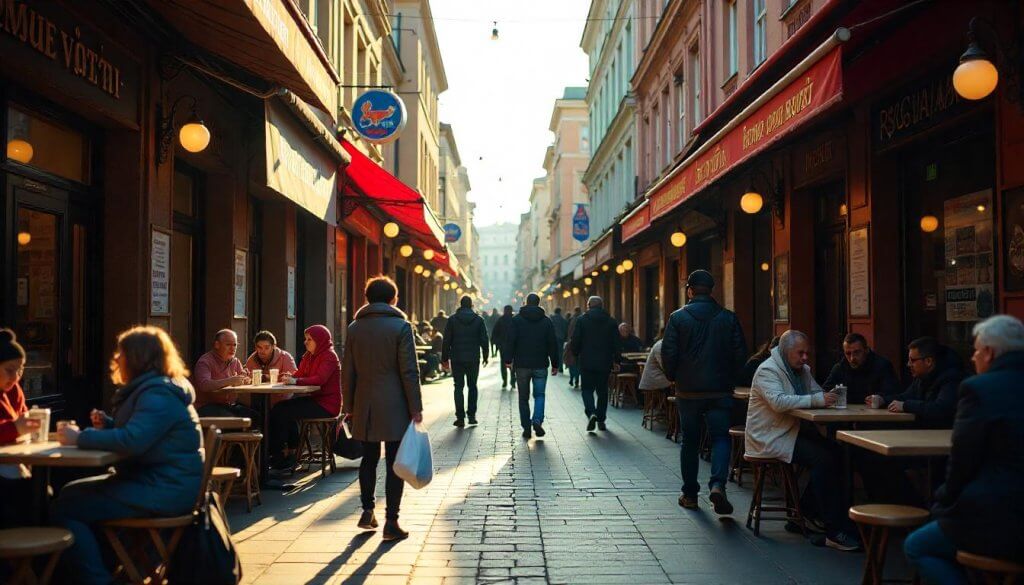 Moscow’s Immigrant Communities: Multicultural Neighborhoods and Cuisine">
Moscow’s Immigrant Communities: Multicultural Neighborhoods and Cuisine">
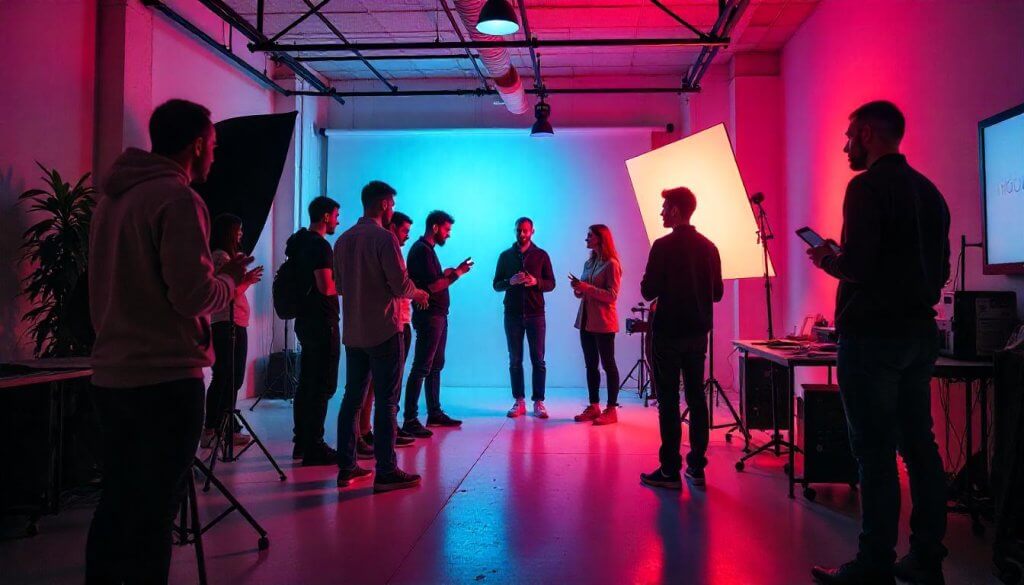 Moscow for Photographers: Professional Workshops and Portfolio Building">
Moscow for Photographers: Professional Workshops and Portfolio Building">
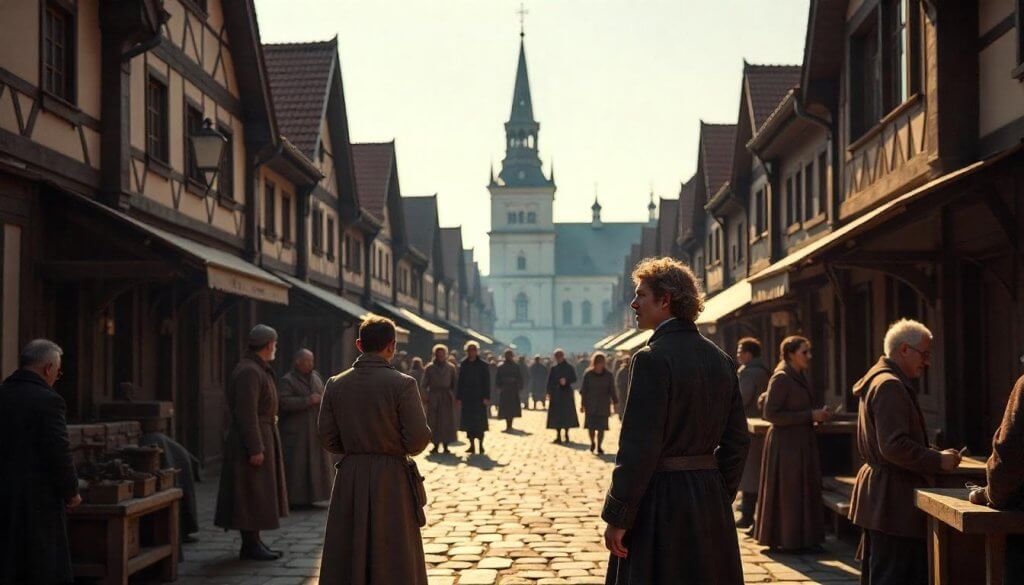 Moscow’s German Quarter: European Influence in Russian History">
Moscow’s German Quarter: European Influence in Russian History">
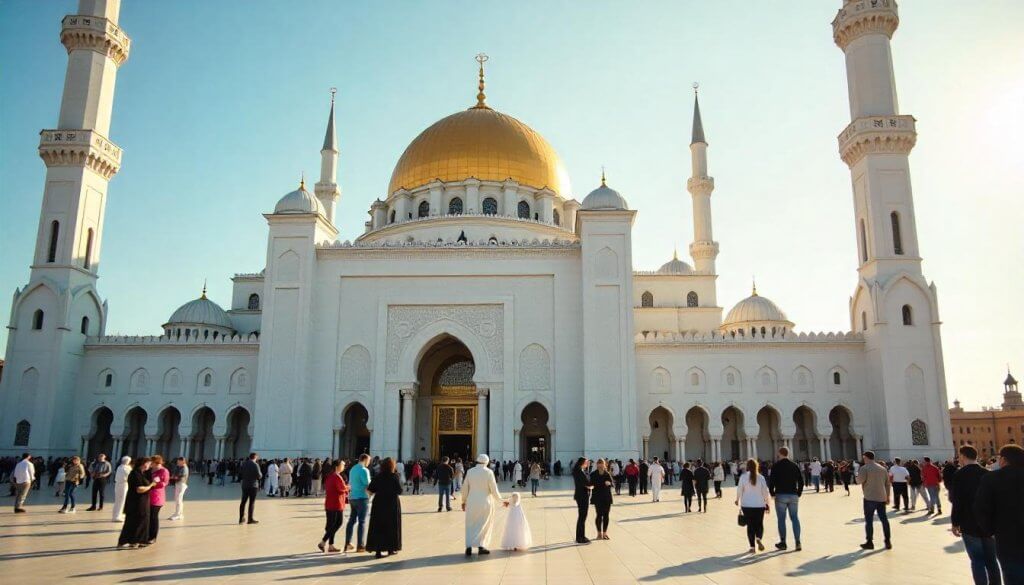 Moscow’s Tatar Legacy: Islamic Culture in the Orthodox Capital">
Moscow’s Tatar Legacy: Islamic Culture in the Orthodox Capital">
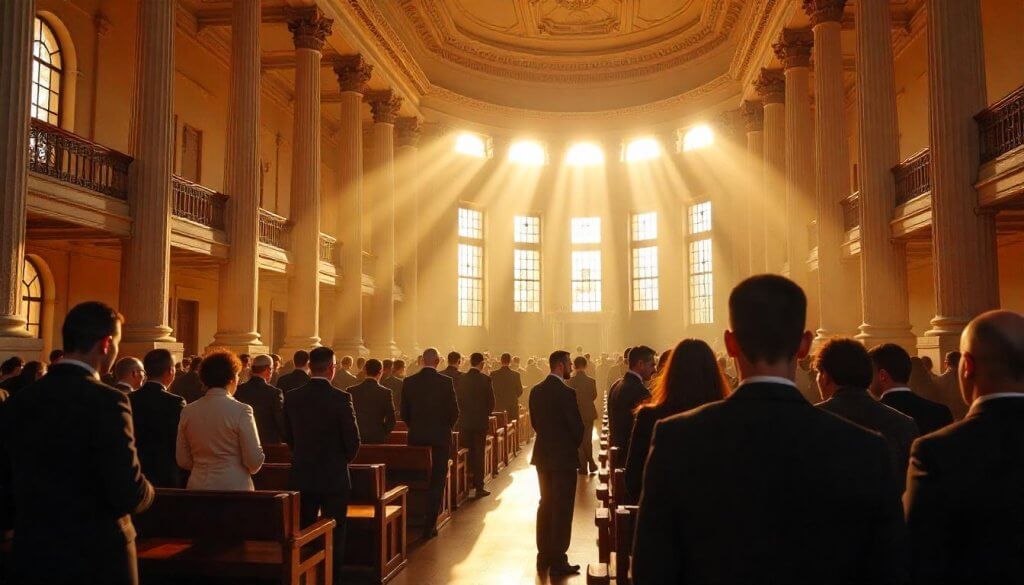 Moscow’s Jewish Heritage: Synagogues, Museums, and Cultural Centers">
Moscow’s Jewish Heritage: Synagogues, Museums, and Cultural Centers">
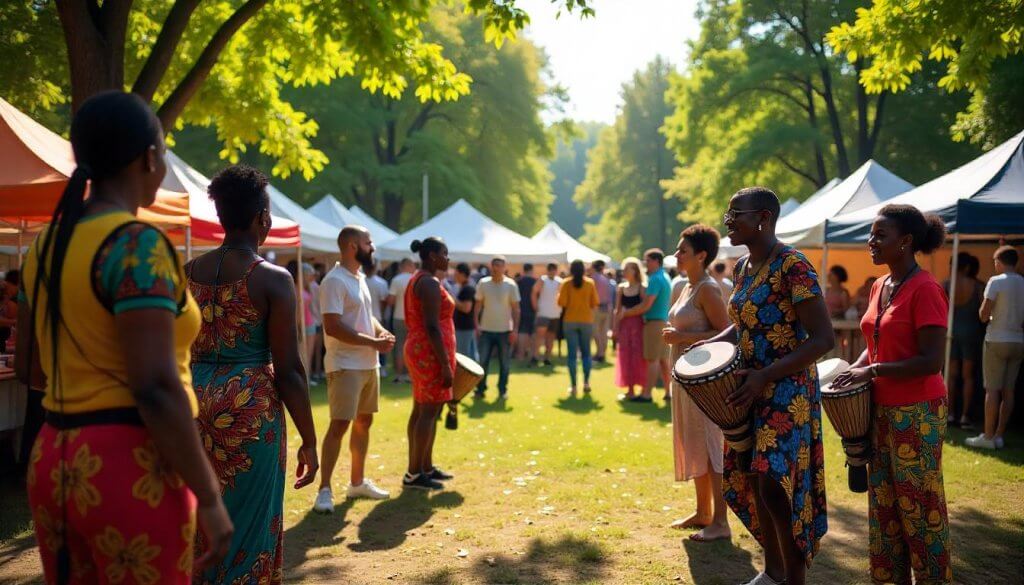 Moscow’s African Diaspora: Cultural Centers and International Communities">
Moscow’s African Diaspora: Cultural Centers and International Communities">
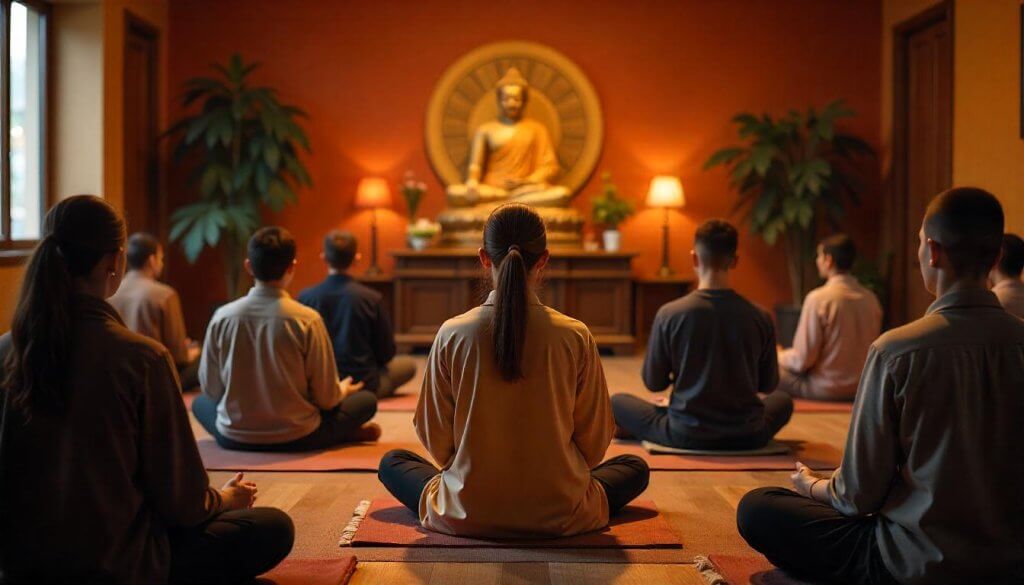 The Historical Roots of Moscow’s Asian Presence">
The Historical Roots of Moscow’s Asian Presence">
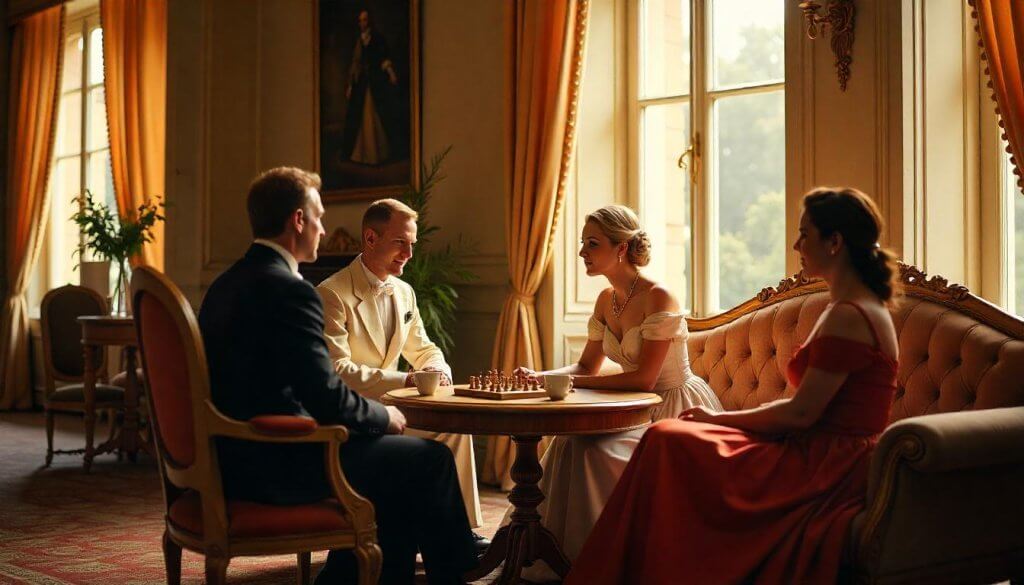 Moscow’s French Influence: Art, Culture, and Diplomatic History">
Moscow’s French Influence: Art, Culture, and Diplomatic History">
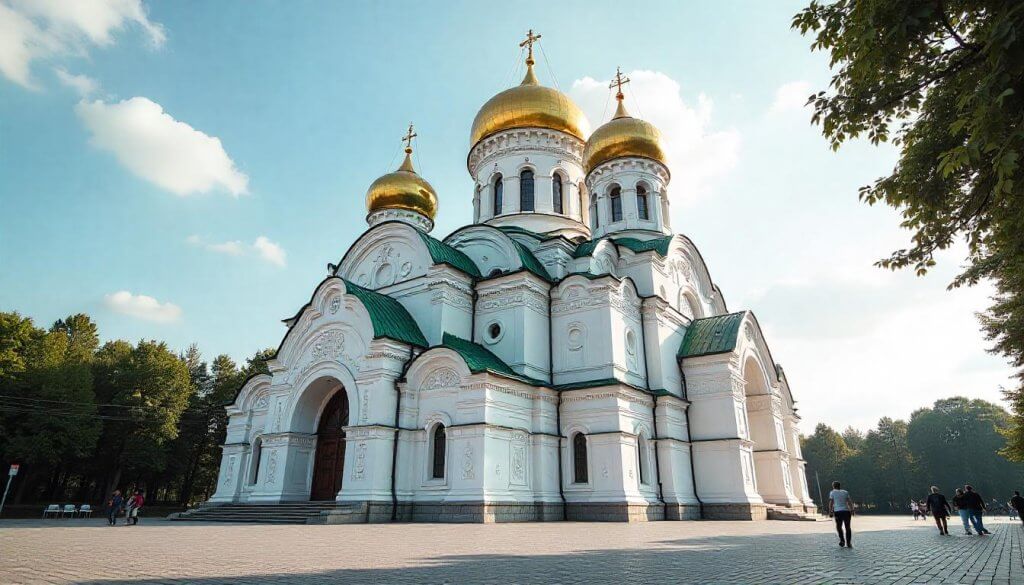 Moscow’s Italian Connection: Architecture and Cultural Exchange">
Moscow’s Italian Connection: Architecture and Cultural Exchange">
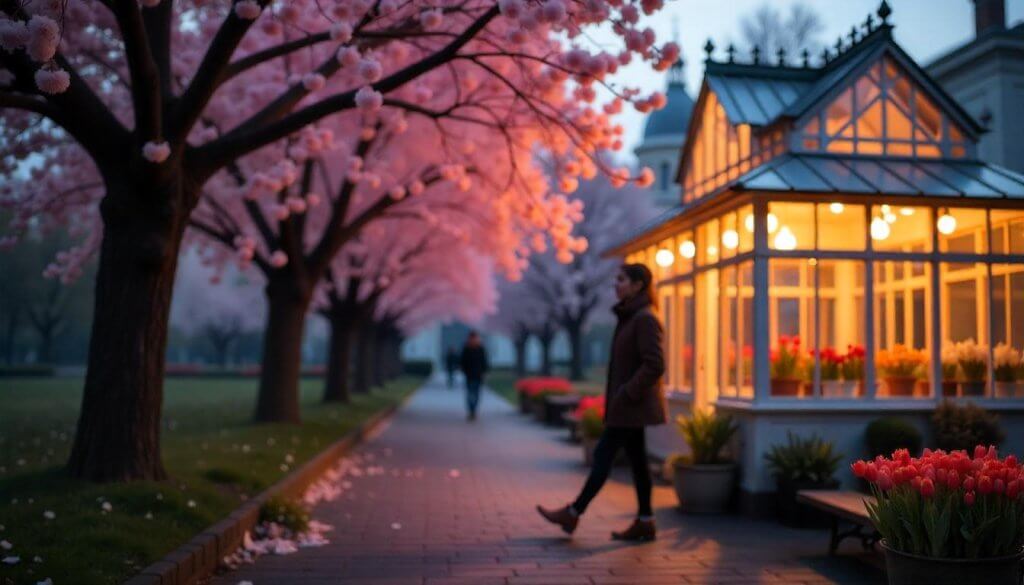 Moscow in Spring: Cherry Blossoms and Renewal Celebrations in 2025">
Moscow in Spring: Cherry Blossoms and Renewal Celebrations in 2025">